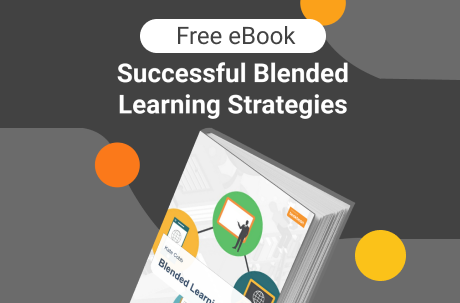Designing an Effective Blended Learning Program
In this article, we will provide a step-by-step guide for HR professionals on how to design a blended learning program for their organization. We will cover topics from assessing the learning needs and preferences of employees to refining the program based on feedback and data.
Assessing employee learning needs and preferences
First, it is important to assess the learning needs and preferences of your employees through surveys, focus groups, or individual interviews. By understanding your employees’ specific development needs and preferred learning methods and delivery methods, you can tailor your blended learning strategy to their specific needs.
Catering to diverse learning styles
Next, consider using a variety of learning methods, such as lectures, demonstrations, simulations, and hands-on activities, to appeal to different learning styles. For instance, offer online courses for employees who prefer self-paced learning, in-person workshops for those who prefer hands-on learning, and on-the-job training for those who prefer experiential learning.
Flexible delivery methods
In addition, leverage different delivery methods, such as online courses, in-person workshops, and on-the-job training, to provide flexibility and convenience. This could include offering online courses that employees can access and complete at their own pace, scheduling in-person workshops at convenient times, and providing on-the-job training in the workplace.
Managing the blended learning program with an LMS
To manage and track the different components of your blended learning strategy, utilize a learning management system (LMS). This tool can be used to deliver and manage online courses, schedule and track in-person workshops, provide access to on-the-job training resources, and track employees’ progress and provide feedback and support.
Evaluating and refining the blended learning strategy
Finally, In order to maximize the effectiveness of your blended learning program, it is important to continually evaluate and refine it. Do this based on feedback and data from your LMS. By regularly collecting and analyzing this information, you can identify areas for improvement. Use this information to make necessary adjustments to ensure that your blended learning strategy is meeting the ongoing needs of your employees.
Additionally, you can use this feedback and data to determine which courses and delivery methods are most popular. Furthermore to identify any areas where employees may need additional support or resources. By following this process, you can effectively tailor your blended learning program to the specific needs of your organization and its employees.













